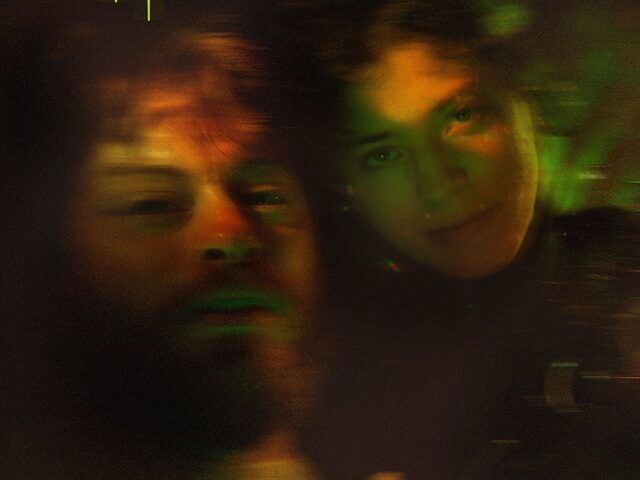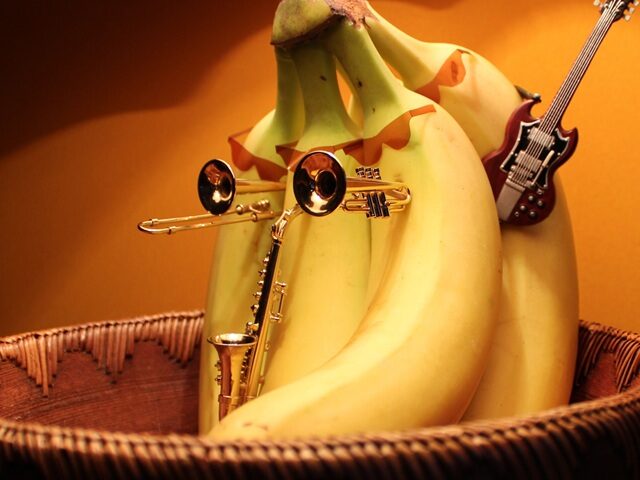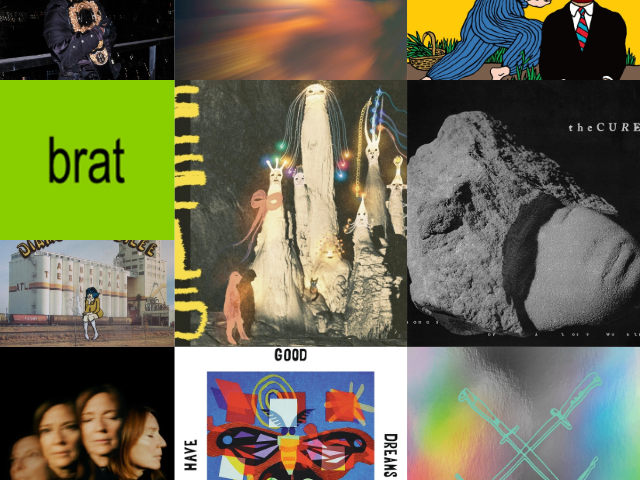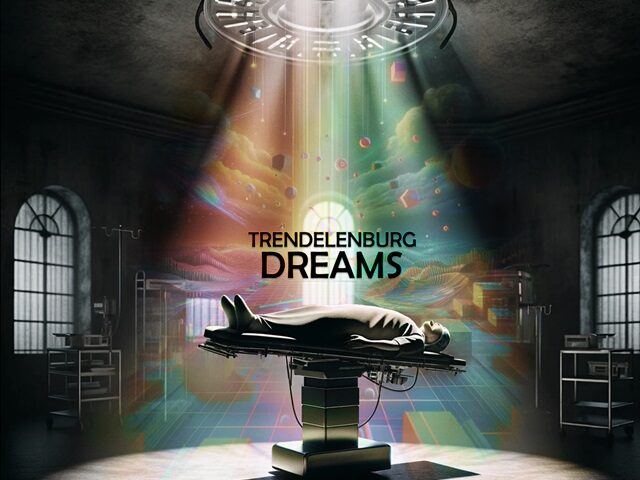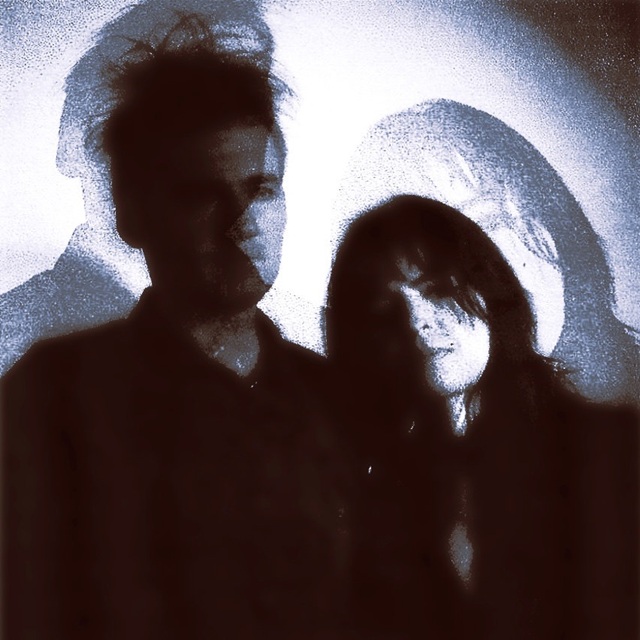
The name “Raudiver” is both evocative and deeply rooted in gothic and paranormal lore. What drew you to Konstantins Raudive’s work, and how does it influence the themes of your music?
Lauren: Raudive attempted to contact the dead through recording technology, sort of like when Bruce Willis cranks up the tape in The Sixth Sense to hear the ghost in the room. 😉 It felt like a good match to the haunting feel of the music.
I also think that struggling to connect with other people is not unlike being a ghost, so for example, “No Sun Rising” is partly my own fears of aging, but it was also inspired by an article about the loneliness that older people can experience, where they have a hard time communicating much of their experience to others.
Your debut album, Leave Before Dark, was recorded in a Victorian-era studio. How did the atmosphere of the space contribute to the mood or sound of the album?
Lauren: In the off-season, Galveston has all the desolate seaside, Victorian architecture, and foggy white days I could wish for. We are lucky to have an affordable artist live/work studio here, and some of the moods of the space do seem to come into the music.
It sounds made up, but there really is a dark, narrow Victorian staircase in the corner that goes nowhere! Isaac Cline used those steep wooden steps to check weather instruments on the roof leading up to the 1900 Storm. He tragically argued against building the Seawall that would have saved thousands of lives, including his wife and unborn child.
I almost forgot about the creepy little wooden closet under the stairs! We blocked it off behind a wardrobe—as anyone would in a gothic tale.
The Omnichord features prominently on “Mary Tombs,” giving the track a distinct character. What inspired you to use the instrument, and how did it shape the overall vibe of the song?
Lauren: My sister Natalie found the omnichord at an estate sale. I did some digging and found that it belonged to a music therapist. Charlie and I spent some time selecting chords together that had the right mood, and it did end up feeling very therapeutic to write. The instrument definitely inspired the song. Thank you, Mary.
You’ve described your lyrics as exploring themes of personal pain and empowerment. How do you balance the darker elements of your sound with messages of hope and self-care?
Lauren: For us personally, we don’t find our music depressing or especially dark. But you know, how dark do you like your chocolate before it’s too bitter, or how sweet before it’s too cloying? As far as sending any kind of message, I hope that if I am to be authentic and adventurous, it could also be the nudge that someone needs to be more boldly themselves, or to take that next step.
Tracks like “Leave” and “Mary Tombs” dive into the challenges of interpersonal relationships. How do these themes connect to the broader message of the album’s title, Leave Before Dark?
Lauren: The title, Leave Before Dark, is our carpe diem. Do what you love, what you know in your heart is right, because we don’t have an eternity to mill around wondering. We really agonized through transitions both personal and musical in creating this record. For our own well-being, reinventing ourselves was the risk we needed to take. We don’t regret it.
What role does your dynamic as a married duo play in your creative process? Are there any unique challenges or advantages to collaborating so closely as partners?
Lauren: I’ve noticed many bands have a central duo that will be the motor of the band, so I don’t know that it’s unique, but the benefit is that we have daily communication and more availability than four or five bandmates typically have. The challenge is that it can be more pressure to carry the project, both on stage, in the studio, and traveling.
What’s your favorite venue to perform at?
Lauren: I loved Planet Marfa when we toured with Temptrix last summer! Ash played my favorite set of the entire tour, and by the end of the night, we were dancing in a circle to “Send Me an Angel” under the stars and moon! A tequila soda in one hand, thrifted $8 red cowboy boots to kick around in. Pure magic.
In Galveston, we love Joel and Angela Mora at Old Quarter! They are so genuine and giving. Hands down the most musician-friendly business in town. They run the door, sound, and the bar–and 100% of the door goes to the artists. It’s a Texas treasure. I would love to see more support and funding go their way. Townes Van Zandt may be on just about every wall, but those two are living legends.
Do you have a specific process or ritual when creating new music?
Charlie: Hi, I’m Charlie and I don’t usually have a whole lot to say. For writing, we have a few different styles.
- Start strumming and look for some chords. Either one of us will do this to find ideas and save voice memos to work on when the mood and time are right.
- Start a blank project in logic. Sometimes just headphones, a laptop, and the pencil tool in logic. I’ll just start drawing and listening to loops and nudging things around, changing sounds and looking for something that could make me want to dance.
- Went through a phase where we had some working tape machines and we would just plug in a keyboard or guitar and try to get inspired by the mechanical nature. It’s a maintenance nightmare though and, practically, I don’t think I have the patience to try to keep it running. Maybe if I moved across the street from a repair shop.
If you could collaborate with any artist, alive or dead, who would it be?
Lauren: I joke around about dropping everything to play the triangle for Bjork! I do guest vocals from home when I can, and I really enjoy collaborating in that way.
Charlie: One of my favorite interviews that I remember of an artist is Adrian Utley of Portishead. He’s got a really endless collection of fascinating old synths, not to mention being a unique guitar player. Another would have to be the bass player from CAN, Holger Czukay, RIP. I get a kick out of their philosophy: jam for a while in a castle, record a stereo mix the whole time, and then he would sit there and just splice whole sections of the jam together until there was a solid song structure. There are so many artists I would enjoy collaborating with though, and many are not famous. Always comes down to time and who you know. I think there are so many creative musicians that are not well known that make amazing music.
What is the biggest challenge you find in today’s music industry?
Charlie: One of the challenges is all of the hats you need to be able to wear, and the follow through you need to make progress. It’s not enough to be a solid musician. It’s like any small business where you have to do it all. There are also so many hurdles, like money, and just the demands of life where people don’t have time or energy left. Hopefully we see more support for artists, because some of the best music won’t come to light without the support structure being there.


